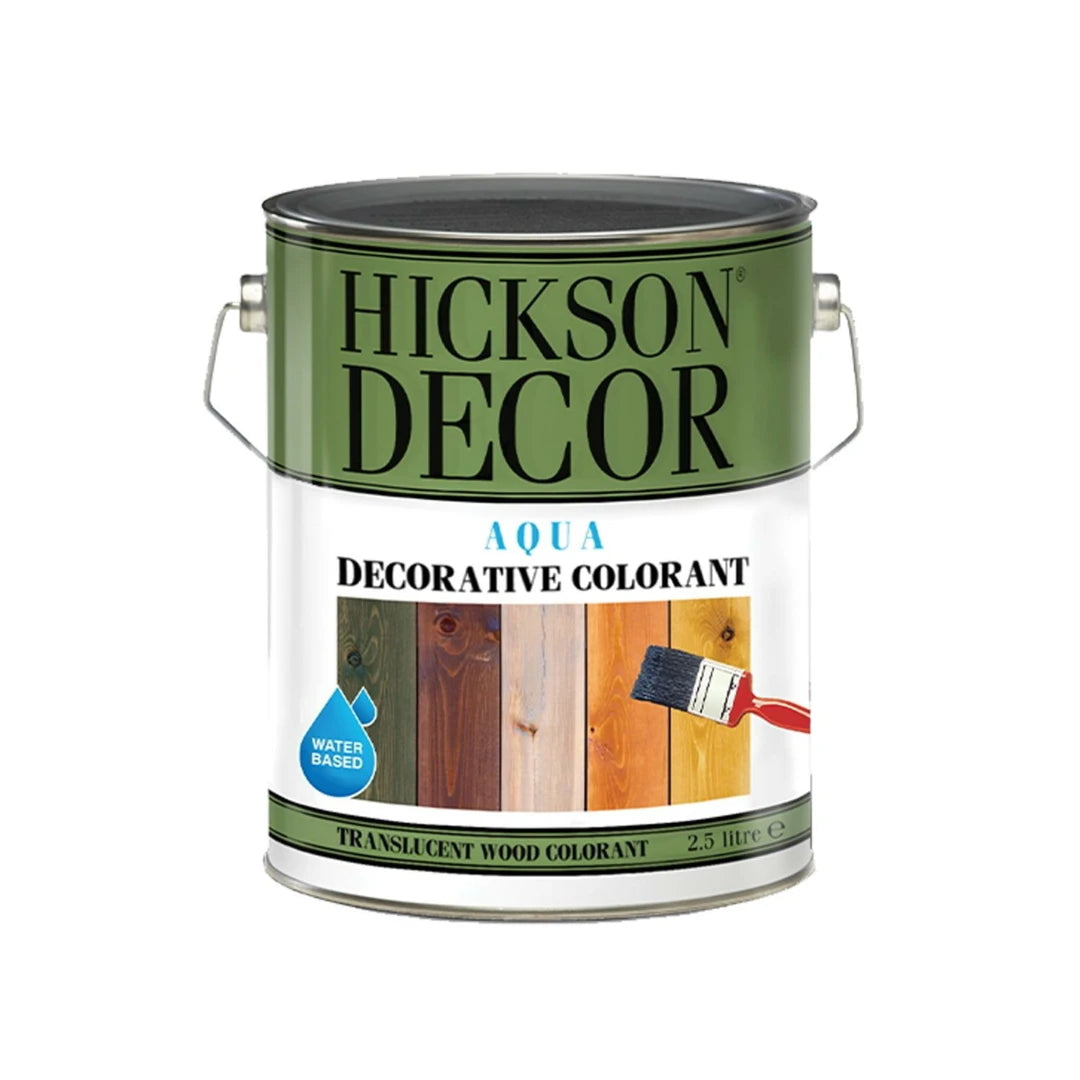
Water Hygiene Chemicals
Water is widely used for domestic and industrial purposes due to the many advantages provided by its physical and chemical properties. Most of the water provided from natural water sources is used as drinking water and industrial process water.
Water is home to many microorganisms. Most of the microorganisms are harmful bacteria that have a disease-causing effect on humans. They enter the systems where the water will be used and continue their lives in these systems. When favorable conditions occur, they colonize and multiply rapidly.
The biofilm layer formed due to the proliferation of microorganisms in drinking and utility water can spread from these systems and have a disease-causing effect. Control of the biofilm layer in drinking and utility water and in the lines through which this water passes, lime and corrosion control are very important for the quality of drinking and utility water.
Legionnaires' Disease:
The most well-known disease-causing bacteria found in water systems and the cause of epidemics to date is the disease caused by the bacterium Legionella pneumophila.
The United States and all European countries have thoroughly examined the outbreaks in their countries, revealed their causes and preventive interventions, and made legal regulations regarding Legionella control.
Stages of the Legionella risk management and control program:
• Your building and cooling system are comprehensively evaluated by chemical engineers.
• Water and biological accumulation samples are taken from all necessary points.
• Legionella count analysis is performed in the environmental microbiology laboratory in accordance with the ISO 11731 standard.
• A preventive control program based on corrective interventions is determined based on the analysis results.
• A water treatment program is initiated using cooling water treatment chemicals and Legionecid products specifically formulated for Legionella.
• The system is ensured to operate smoothly, at the targeted efficiency and without creating any risk of disease.
Who is affected by the water hygiene program?
• Hotel manager technical manager
• Maintenance and installation personnel
• Cooling tower, air conditioning plant, evaporative condenser and chiller circuit operator
• Swimming and spa pool operators, geothermal facility employees, maintenance and cleaning staff
• Operation and auxiliary units engineer
• Water treatment specialist consultants
Places where hygiene programme and legionella risk management are implemented:
• Cooling tower
• Evaporative condenser
• Hospitals
• Thermal spring pools
• Swimming pool, spa pool
• Geothermal water systems
• Man-made water systems such as decorative fountains
Drinking and Utility Water Chemicals
The biofilm layer formed due to the proliferation of microorganisms in drinking and utility water can spread from these systems and have a disease-causing effect. Control of the biofilm layer in drinking and utility water and in the lines through which this water passes, lime and corrosion control are very important in terms of the quality of drinking and utility water. Corrosion and lime formed in these systems cause the concentration of heavy metals in the water to increase and thus the quality of drinking and utility water to deteriorate. In addition, the lime, corrosion and other impurities accumulated in drinking and utility water pipelines cause the pipe diameter to narrow and cause holes in the pipes, thus increasing the energy costs of businesses.
Our drinking water chemicals are produced in accordance with FDA standards.
Programs to be implemented for swimming pool sanitation:
• Chemical conditioning
• Disinfection
• Routine chemical and bacteriological analyses
Programs that should be implemented in spa pool hygiene control:
• Legionella risk control
• Chemical conditioning
• Disinfection
• Routine chemical and bacteriological analyses
Pool tests performed in chemistry laboratories:
• Total live bacteria count
• Total coliform
• Escherichia coli
• Pseudomonas aeurigonosa
Regulations for Legionella control in Europe and America:
The most well-known disease-causing bacteria found in water systems and the cause of epidemics to date is the disease caused by the bacterium Legionella pneumophila.
The United States and all European countries have thoroughly examined the outbreaks in their countries, revealed their causes and preventive interventions, and made legal regulations regarding Legionella control.
Türkiye, which is on its way to becoming a member of the European Union, is also a country that European countries are scrutinizing in terms of Legionella control.
Türkiye, a collaborator country of the European Commission for Surveillance of Travel-Associated Legionnaires' Disease (EWGLINET), has published a Legionnaires' Disease Control circular through the Ministry of Health.
Thus, it can be seen that awareness about the importance of water hygiene in building water systems has become widespread at the government and public level in our country.















